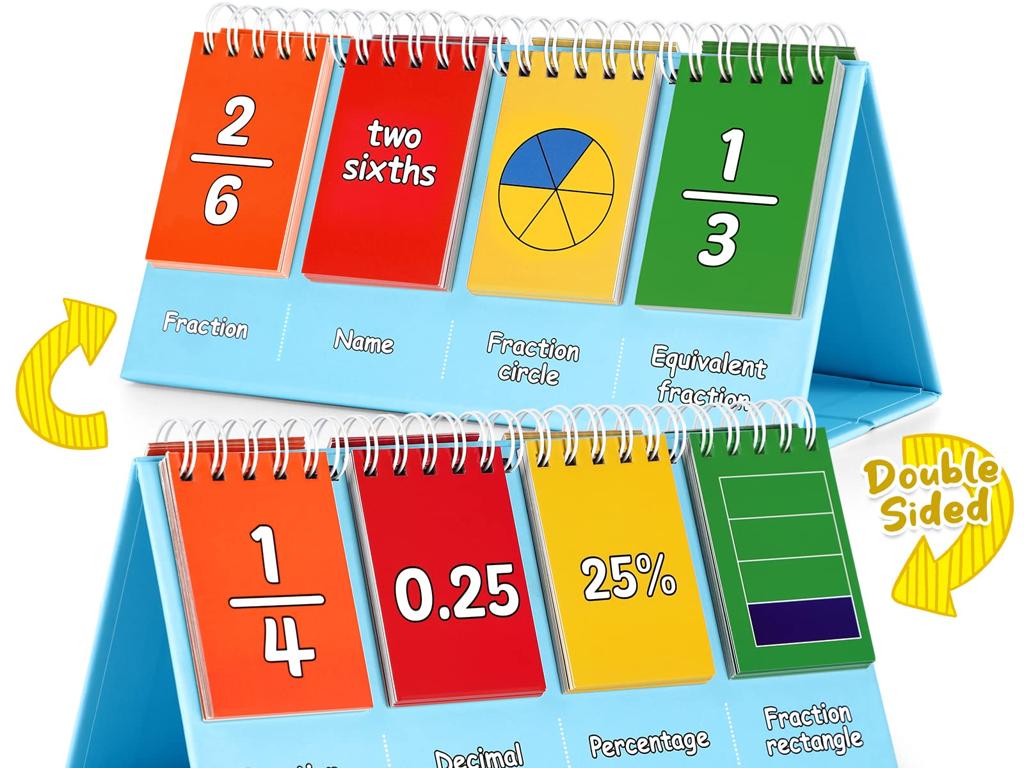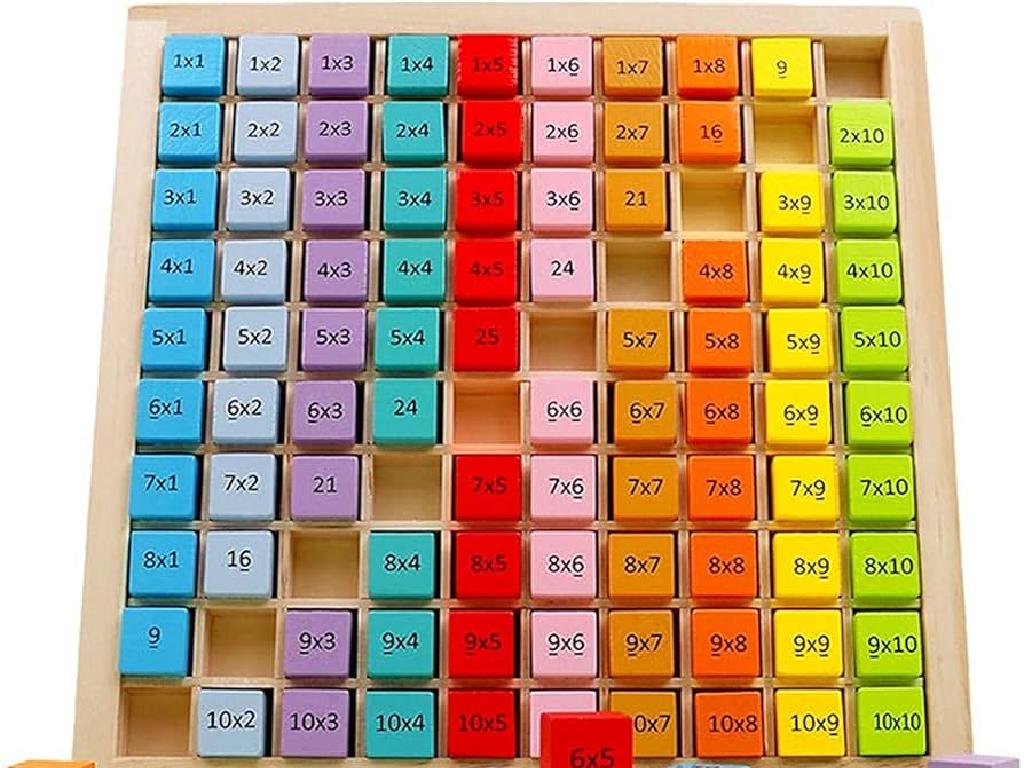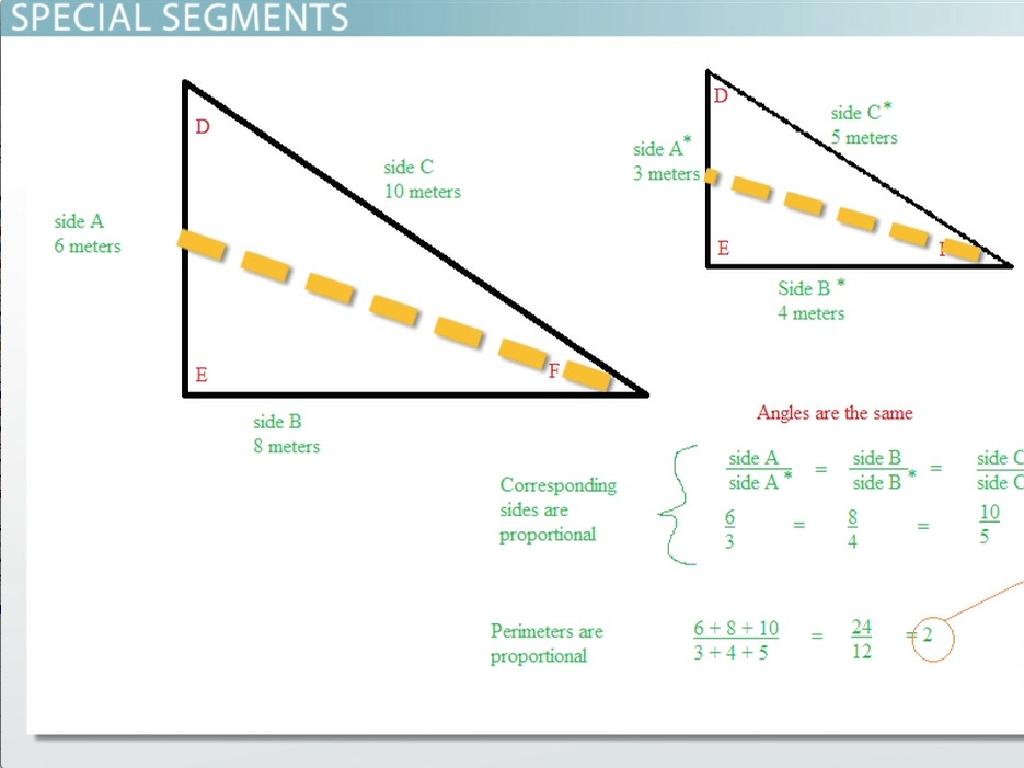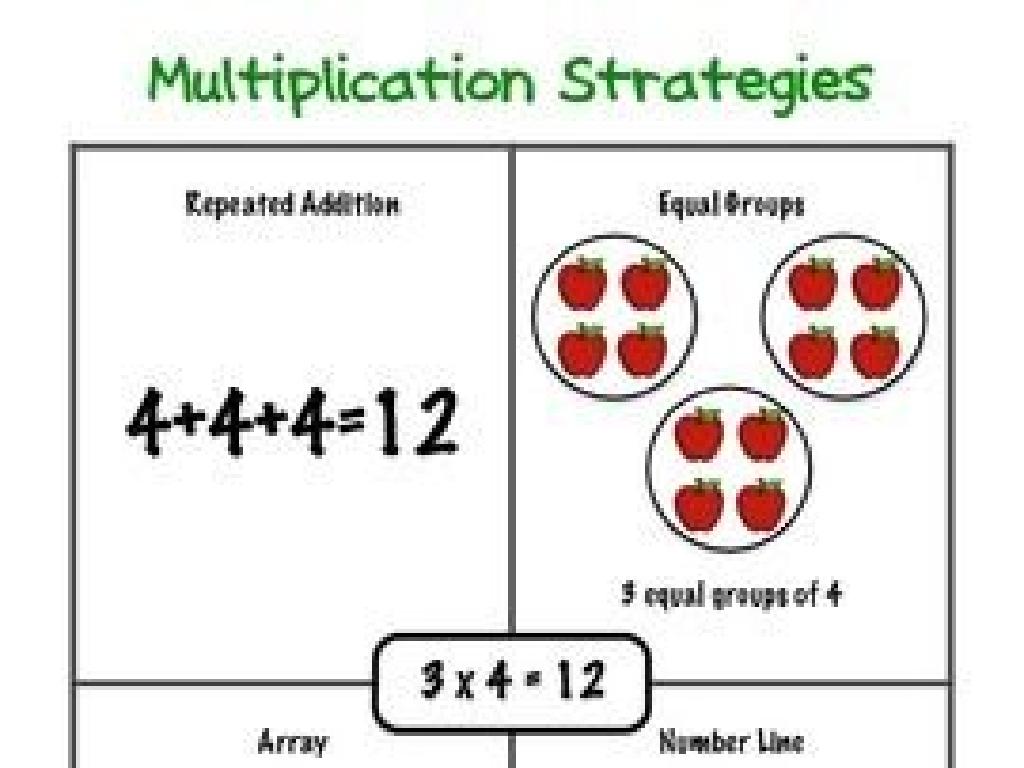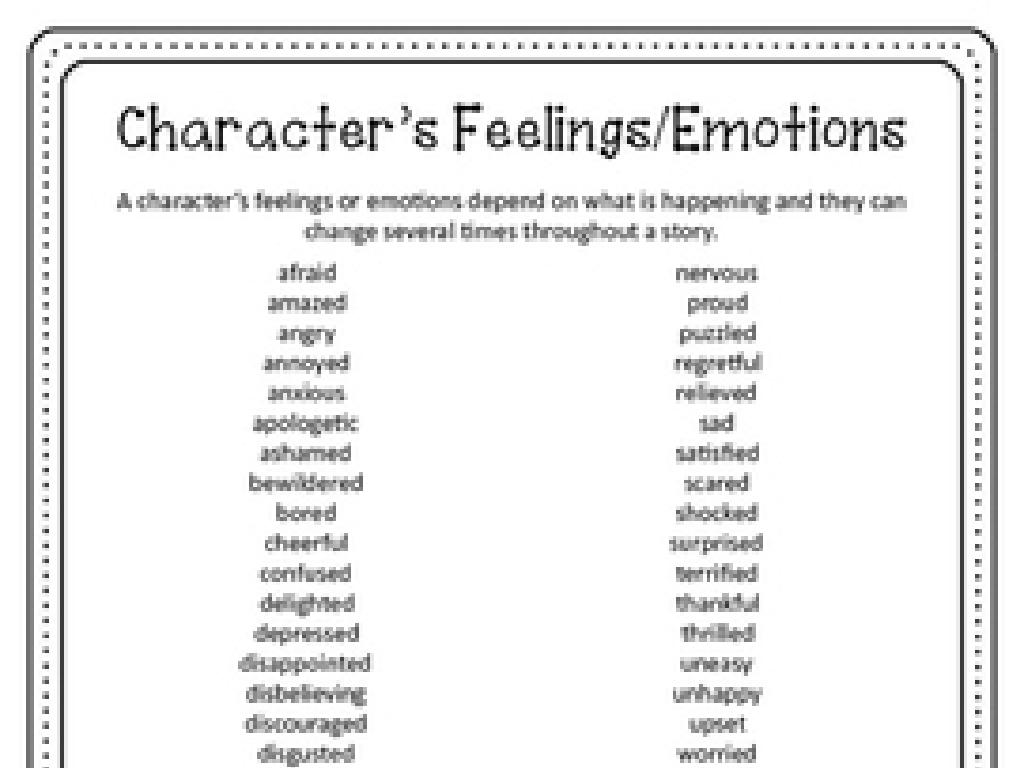Fewer And More - Up To 20
Subject: Math
Grade: Kindergarten
Topic: Counting To 20
Summary: This Kindergarten math presentation introduces young learners to the concepts of 'fewer' and 'more' while counting objects up to 20. Through engaging activities using toys, pictures, finger counting, and block-building games, students visually compare quantities and develop number sense. Hands-on practice with real-world examples reinforces understanding in a fun and interactive way. Designed to align with early math standards, the lesson encourages teamwork and counting fluency both in class and at home.
Please LOG IN to download the presentation. Access is available to registered users only.
View More Content
Understanding ‘Fewer and More’ Up to 20
– Greet our young mathematicians
– Introduce ‘Fewer and More’
– ‘Fewer’ means not as many, ‘More’ means a greater number
– Counting objects up to 20
– Use toys or blocks to count together
– Comparing sets of items
– Which group has more or fewer? Let’s find out!
|
This slide is designed to introduce Kindergarten students to the concepts of ‘Fewer and More’ within the range of numbers up to 20. Start the lesson with a warm welcome to engage the children and make them feel excited about learning math. Explain the meaning of ‘Fewer and More’ in simple terms. Use hands-on activities with physical objects like toys or blocks to help them count up to 20, as tangible items make abstract concepts more understandable for young learners. Encourage the students to compare different sets of items to determine which has more or fewer objects. This interactive approach will help solidify their understanding of quantity comparison within the number range they are learning.
Understanding ‘Fewer’ in Numbers
– ‘Fewer’ means a smaller amount
– Comparing apples and oranges
– If you have 3 apples and 5 oranges, there are fewer apples
– Finding the group with fewer items
– Look at two groups and choose the one with less
– Practice with real examples
|
This slide introduces the concept of ‘fewer’ to Kindergarten students, helping them understand that ‘fewer’ refers to a smaller quantity of items. Use relatable examples like comparing apples and oranges to illustrate the concept. Encourage the students to visually compare groups of items to identify which has fewer. Provide real objects or pictures for them to practice this skill. During the lesson, ask the students to find examples in the classroom, like fewer crayons or fewer blocks, to reinforce the concept. The goal is to make them comfortable with comparing quantities in a fun and interactive way.
Understanding ‘More’ in Numbers
– ‘More’ means having a bigger number
– Comparing balloons and candies
– If there are 8 balloons and 2 candies, which is more?
– Spotting the group with more
– We’ll look at pictures and decide which has more
– Practice with different items
– Let’s try comparing apples to oranges next!
|
This slide introduces the concept of ‘more’ to Kindergarten students by comparing quantities up to 20. Start by explaining that ‘more’ refers to a larger amount. Use visual aids like pictures of balloons and candies to illustrate the point. Engage the students by asking them to identify which group has more items. Provide additional examples and encourage the children to practice with various items to solidify their understanding. The goal is to make them comfortable with comparing quantities and using the term ‘more’ correctly in a fun and interactive way.
Counting Practice: More or Fewer?
– Count items in groups together
– Compare groups: find more and fewer
– Use objects like blocks or stickers to compare
– Focus on numbers up to 20
– Understand ‘more’ and ‘fewer’ concepts
– ‘More’ means a bigger number, ‘fewer’ means a smaller number
|
This slide is aimed at engaging kindergarten students in a counting activity to help them understand the concepts of ‘more’ and ‘fewer.’ Start by counting items in various groups together, ensuring that the number of items does not exceed 20. Then, guide the students to compare the groups and decide which one has more items and which one has fewer. Use tangible objects like blocks, stickers, or toys that the children can physically count and compare. Reinforce the counting skills by keeping the numbers within the 1-20 range. The activity should be interactive, allowing the students to participate actively. For the teacher: Prepare different sets of items for the activity, and consider having small group sessions where each group can present their findings to the class. This will help in reinforcing the concepts and ensuring that each child understands the difference between ‘more’ and ‘fewer.’
Comparing Groups of Toys
– Observe two toy groups
– Count toys in each group
– Use counting skills up to 20
– Find which group has more
– The group with the higher count has more toys
– Identify the group with fewer
– The group with the lower count has fewer toys
|
This slide is designed to teach Kindergarten students the concept of comparing quantities using the terms ‘fewer’ and ‘more’. Start by showing two distinct groups of toys. Guide the students to count the number of toys in each group, ensuring they do not exceed 20. After counting, ask the students to compare the two totals and determine which group has more toys and which has fewer. This activity will help them understand comparison and quantity in a tangible and engaging way. For the class activity, consider using real toys or illustrations that are clearly distinguishable to make counting easier for the students. Encourage participation and assist students who may have difficulty with counting or comparison.
Using Our Fingers to Count to 20
– Our fingers help us count
– Counting to 20 together
– We’ll use both hands to count all the way to 20!
– Showing ‘more’ fingers
– Can you show me when you have lots of fingers up?
– Showing ‘fewer’ fingers
– What about if you put some fingers down?
|
This slide is designed to engage Kindergarten students in a hands-on counting activity. By using their fingers, students can visually and physically interact with the concept of counting, making the abstract idea of numbers more concrete. Start by demonstrating how to count using fingers, then invite the students to join in and count to 20. Encourage them to show ‘more’ by raising more fingers and ‘fewer’ by lowering some. This activity not only teaches counting but also the comparative concepts of ‘more’ and ‘fewer’. For the activity, consider having students work in pairs to count each other’s fingers, or create a game where they show ‘more’ or ‘fewer’ fingers in response to objects shown in the classroom.
Fun with Fewer and More
– Play a game: ‘Fewer or More?’
– Look at pictures to decide
– Which picture has more items?
– Build two block towers
– Use blocks to make towers
– Compare towers’ heights
– Does tower A or B have more blocks?
|
This slide introduces a fun and interactive game to help Kindergarten students understand the concept of ‘fewer’ and ‘more’ with visual aids and hands-on activity. Start by showing pictures with different numbers of items and ask the students to identify which one has more. Then, move on to a physical activity where students use blocks to build two towers. They will then compare the towers to see which one is taller, helping them to visually grasp the concept of quantity. Encourage participation and ensure that each student has a chance to build and compare the towers. This activity not only teaches counting but also basic comparison skills. Be prepared with enough blocks and ensure safety while the children are engaged in the activity.
Class Activity: Fewer and More Hunt
– Let’s go on a ‘Fewer and More Hunt’!
– Find items to compare with a friend
– Count and see who has ‘fewer’ or ‘more’
– Use your counting skills to find out: Does your pile have fewer or more than 20 items?
– Work together and help each other count
– Teamwork makes counting fun and easy!
|
This interactive activity is designed to help Kindergarten students understand the concepts of ‘fewer’ and ‘more’ through a fun and engaging classroom hunt. Encourage the children to pair up and search for items around the classroom, such as blocks, crayons, or books. They should then compare their collections to determine who has ‘fewer’ or ‘more’ items. Provide guidance on how to count items carefully and check each other’s work for accuracy. Offer support and ensure that each child is involved and learning. Possible variations of the activity could include grouping items by color or type, using number cards to match the quantity of items found, or even incorporating a storytelling element where each group of items represents part of a story they create together.
Counting Conclusion: Fewer vs. More
– Excellent work with counting!
– ‘Fewer’ means not as many
– For example, 3 apples are fewer than 5 apples
– ‘More’ means a greater number
– For example, 7 crayons are more than 4 crayons
– Practice counting at home
|
Today’s lesson was all about understanding and comparing quantities using the concepts of ‘fewer’ and ‘more.’ Reinforce the idea that ‘fewer’ refers to a smaller quantity, while ‘more’ indicates a larger quantity. Encourage the kids to practice by counting items around the house, like their toys or snacks, to help solidify their understanding. Make sure to praise their efforts in learning to count and compare numbers up to 20. For the next class, prepare a set of items that they can count and compare to continue building their skills in a fun and interactive way.

